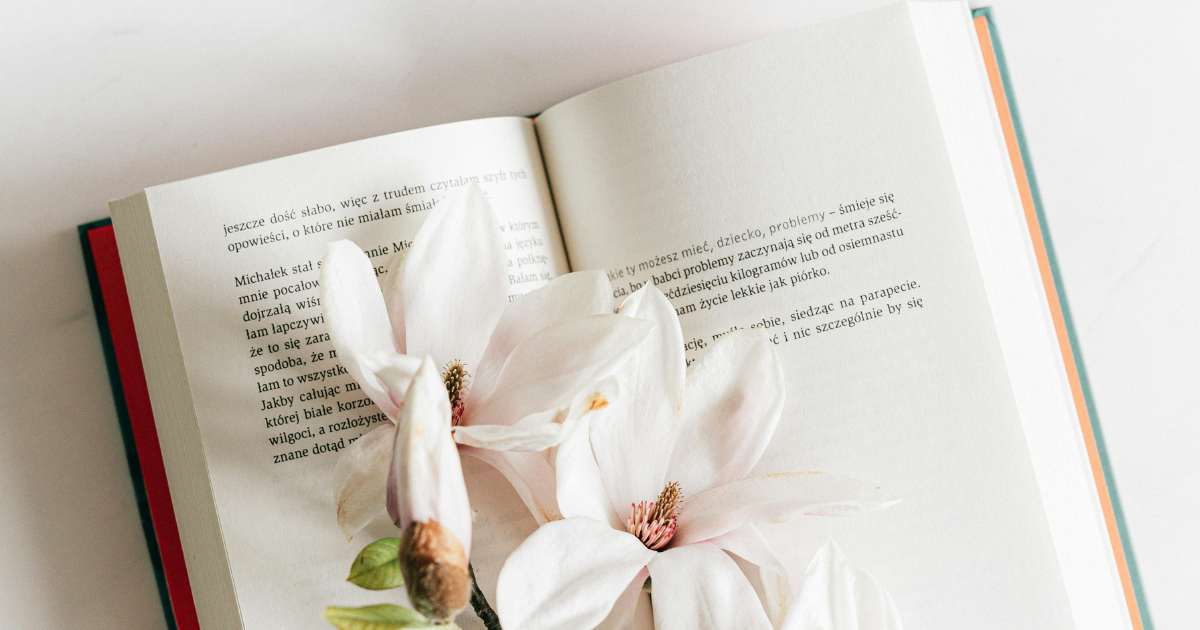Assouline presented the book: “Uzbekistan: Masterpieces of the Silk Road”
A new book by Yaffa Assouline with photographs by the famous Laziz Hamani
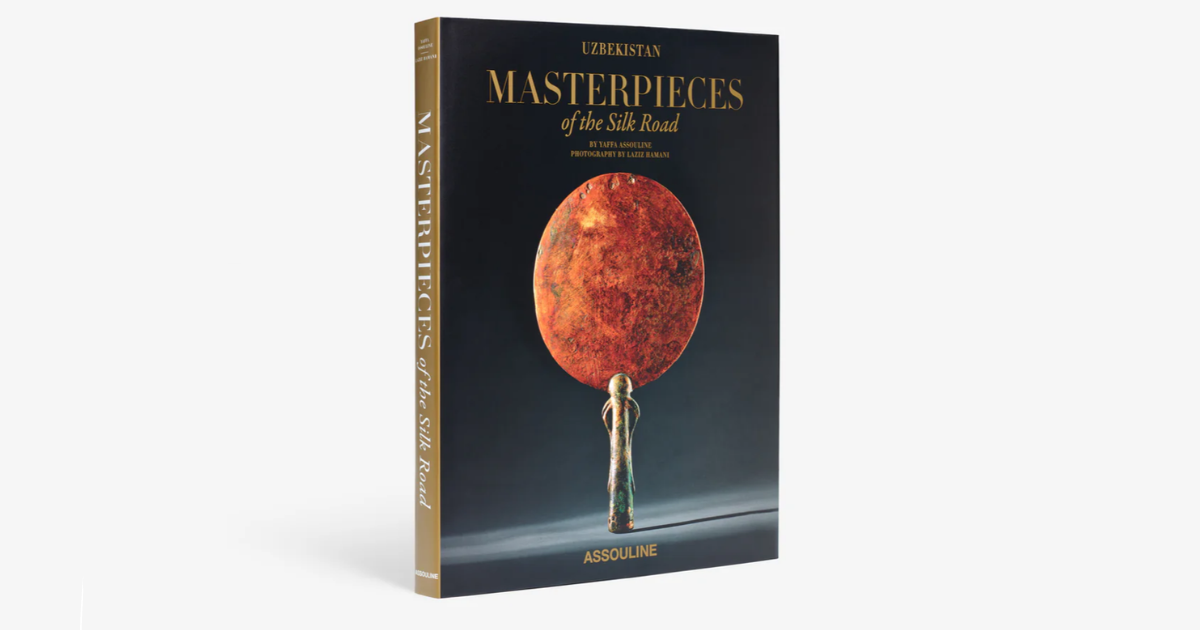
The publishing house Assouline has unveiled a new book, “Uzbekistan: Masterpieces of the Silk Road,” written by Yaffa Assouline with photographs by Laziz Hamani.
“Uzbekistan: Masterpieces of the Silk Road” is a collection of archeological finds from across Uzbekistan, whose location along the Great Silk Road brought together Mediterranean, Chinese, Persian, and Indian cultures. The artifacts showcased in the book reflect Buddhist, Islamic, and pagan influences. The vast array of objects included — from a snake sculpture dating back to the third millennium BC to 8th-century ivory chess pieces, considered some of the oldest ever discovered captivates readers.
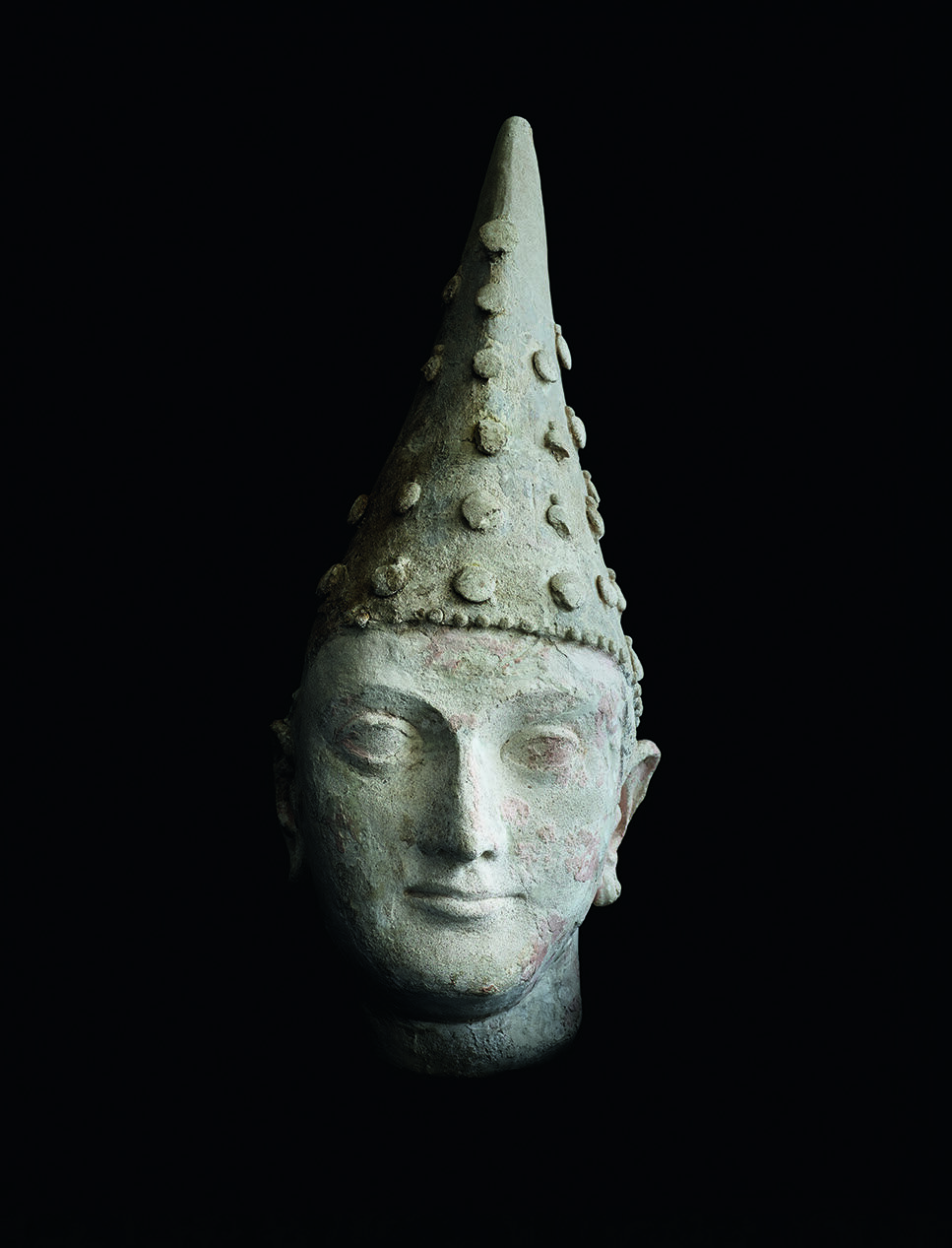
Photo courtesy of Assouline Publishing House. The head of prince, Dalverzintepa, 1-2 century AD
“Preparing for this book has been a source of extraordinary satisfaction for me,” says journalist, consultant, and creative art director Yaffa Assouline in the book’s introduction. “for me. With an endless curiosity, I immersed myself in the fascinating history of these ancient Central Asian populations and their nomadic cultures. I marveled at each artifact, with its beauty and refinement. During the photo shoots with photographer Laziz. Hamani, my accomplice, I was able to hold these objects, triggering my emotions and stimulating my imagination about the stories they could tell.”
"I was particularly fascinated by the Kushan Empire (and century BCE to 3rd century CE), which, in its era, occupied a central position in global civilization and served as a significant hub for trade, connecting China, the Roman Empire, and the Parthian Empire. During the 2nd to the 1st centuries BCE, the Kushans, who were themselves nomadic, accomplished the unification of various nomadic tribes from Central and Northern Asia to conquer the Greek kingdom of Bactria. Aside from their success in political power, the Kushans exemplified a culture of tolerance and appreciation for traditions. Their most profound impact occurred during the reign of Kanishka the Great, a prominent patron of the arts and defender of religious practices. He played a pivotal role in fostering the extensive influence of the Kushans.”
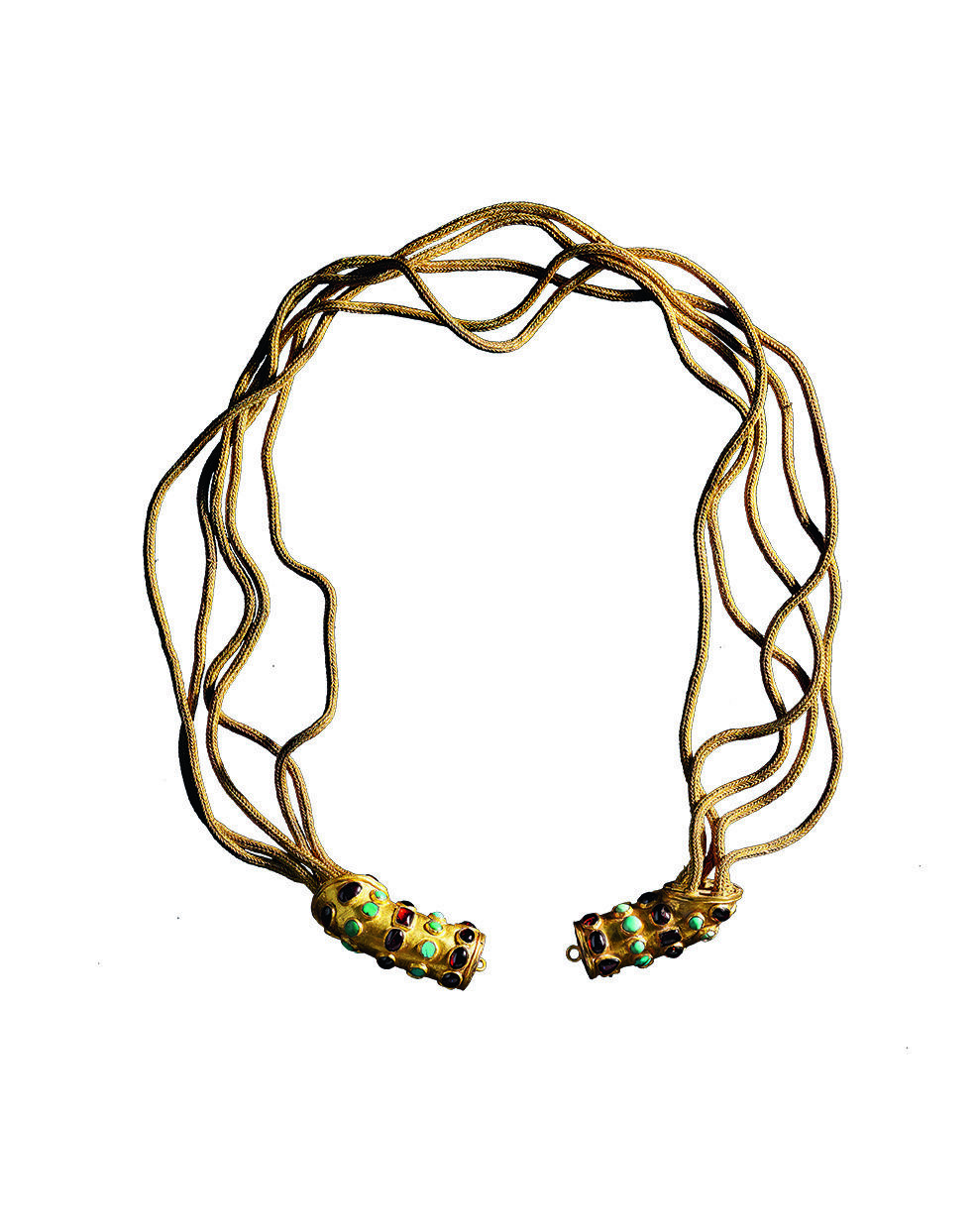
Photo courtesy of Assouline Publishing House. Men's necklace
In terms of architecture, the Kushan Empire left a grand legacy of monumental structures in Uzbekistan. The rulers of the Kushan Empire, including Kanishka the Great, built magnificent palaces, temples, and monasteries. One of the most notable architectural achievements of the Kushan period in Uzbekistan is the fortress of Toprak-Kala in the ancient state of Khwarezm. The art of mural painting also thrived during this period, with murals adorning the walls of palaces and temples. These glorious murals often depicted scenes from mythology, religious narratives, and daily life and showcased Central Asian styles with influences from Persia, Greece, and India.
Notable discoveries of Kushan artworks took place in Uzbekistan, especially in the grand hall of the Kushan palace in Khalehayan during an expedition led by Soviet archeologist Professor Galina Pugachenkova. Additional findings also emerged from Dalvarzintepa, all of these shedding light and providing insights into Kushan culture.
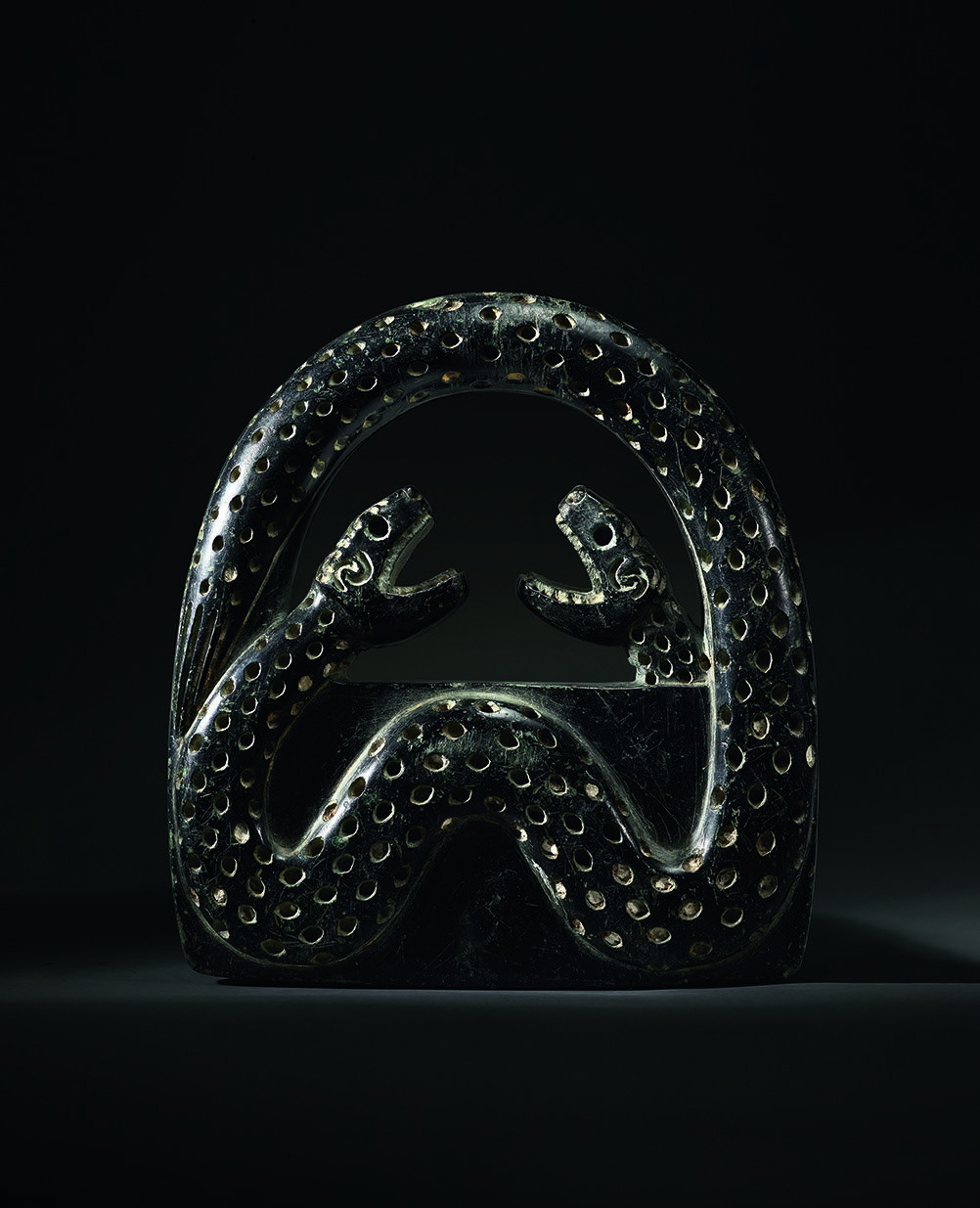
Photo courtesy of Assouline Publishing House.
Thanks to the support of the Foundation for the Development of Culture and Art of Uzbekistan, these exhibits can be viewed in person at the Silk Roads exhibition, which will be open until February 23, 2025, at the Sainsbury Exhibition Gallery at the British Museum.
Yaffa Assouline specializes in innovative and bespoke publications. She authored the book “MIA: I. M. Pei,” a showcase of architect I. M. Pei’s work for the Museum of Islamic Art in Doha, Qatar, by photographer Keiichi Tabara. In collaboration with the Qatar Museums Authority, where she worked as the creative art director and a senior adviser, she supervised the opening of the Museum of Islamic Art. She is also the author of “Uzbekistan: The Road to Samarkand,” “Uzbekistan: Avant-Garde Orientalists,” “Uzbekistan: Russian Avant-Garde,” “Uzbekistan: Living Treasures,” and “Uzbekistan: Silk & Gold,” all by Assouline Publishing.
